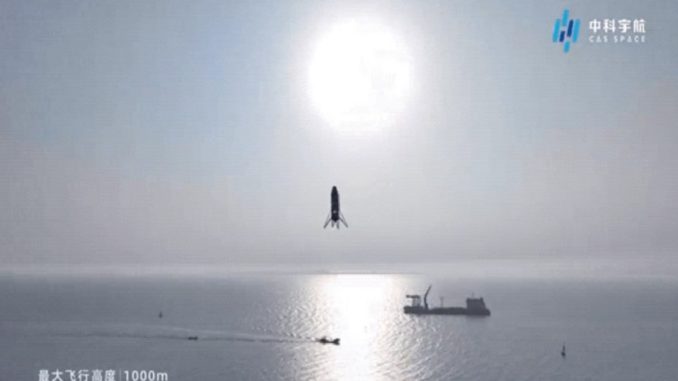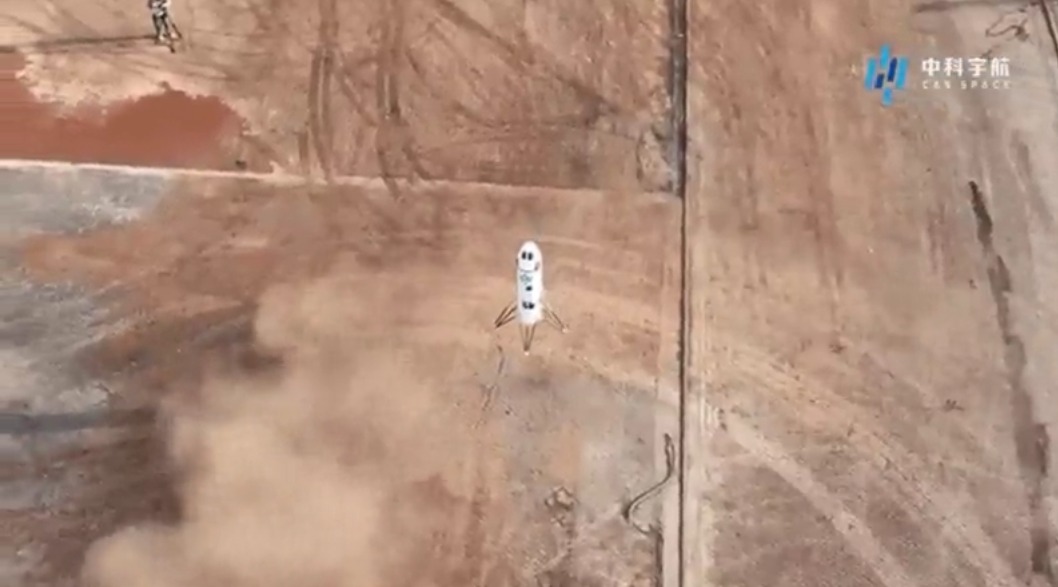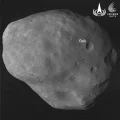
In a remarkable feat of engineering, China has successfully tested a rocket that can launch from land and land vertically at sea. The test, which took place in Haiyang, East China’s Shandong Province, was conducted by CAS Space, a commercial spaceflight firm partly owned by the Chinese Academy of Sciences (CAS).
The rocket prototype, which measured 2.1 meters long and 0.5 meters in diameter, flew at an altitude of more than 1,000 meters before descending into a smooth hover and then decelerating thanks to the engine’s reverse thrust.
The landing speed was reduced to less than two meters per second at the final stage before the rocket touched down steadily with a landing precision of under 10 meters. According to the CAS Institute of Mechanics, the landing test took about 10 minutes. Watch the video here.
The test verified the rocket stage recovery at sea, communication, and spacecraft tracking and measuring technology under the impact of sea clutters. Developers also studied the flight environment at the final landing stage and examined the landing precision of the swaying pad at sea.
Lian Jie, a senior engineer with the institute, told the Global Times that the technology would lay the foundation for future applications, including a recyclable near-space experiment platform and the development of space travel. He said that the first flight of the near-space scientific experiment platform could come as early as the end of 2023.
Wu Weiping, another senior engineer with CAS Space, also elaborated on the prospects of future space travel applications, saying that passengers inside the payload would have a weightless experience at some 100 kilometers above the Earth near space for three to seven minutes. He said such space travel would answer the public aspiration for space entry. Such space shuttles would also accumulate precious data for future space exploration and planetary tourism.
China’s achievement is impressive, especially considering that US SpaceX realized its first successful rocket stage recovery for its two-stage Falcon 9 rocket at sea on the drone ship, Of Course, I Still Love You in April 2016 after four previous attempts ended in the destruction of the booster upon impact.
China is inching closer to SpaceX’s technology with its successful vertical landing demo. It will be interesting to see how this will affect the global competition in the commercial space sector.









Leave a Reply